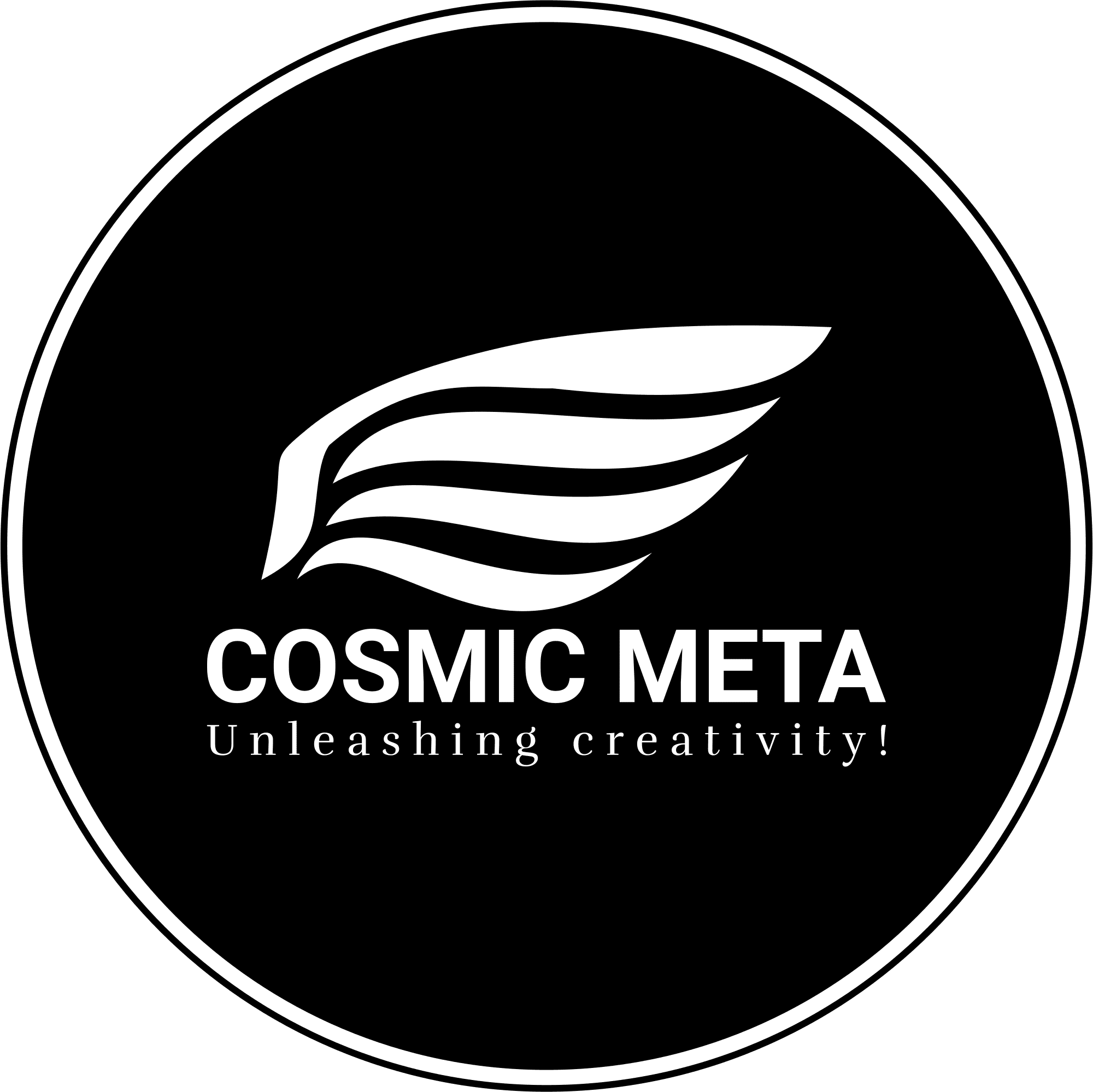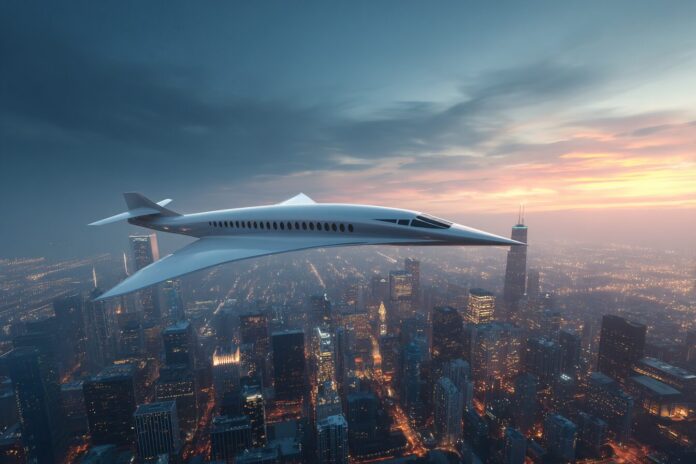America’s Supersonic Future: Directions Are Changing Fast
Imagine boarding a flight in New York at breakfast, enjoying a productive day in the air, and landing in Los Angeles by lunchtime—all made possible by a groundbreaking three-hour transcontinental flight. This futuristic scenario is now on the horizon because of a historic executive order signed in June 2025, which explicitly repeals the 52-year ban on overland supersonic travel in the United States. Most importantly, this paradigm shift is not just about faster travel; it heralds an era of advanced technological innovation that could redefine how Americans move across the nation.
Because this executive order paves the way for commercial supersonic flights, industry leaders and policymakers are increasingly optimistic. Therefore, new opportunities in aerospace engineering and business travel are emerging rapidly. In addition, the move leverages decades of research on noise reduction and aerodynamic efficiency, promising a future where high-speed air travel and environmental concerns coexist harmoniously. For more details, see the article on Live Science that explores this transformative change.
The Executive Order: Repealing the Ban, Catalyzing Industrial Change
Most importantly, the executive order directs the Federal Aviation Administration (FAA) to overturn the longstanding prohibition on commercial supersonic flight over land—a rule that stifled innovation since 1973 due to concerns over sonic booms and noise pollution. Beyond just repealing outdated restrictions, the order calls for the development of an interim noise-based certification standard designed to ensure that modern supersonic jets are both efficient and environmentally friendly. Because the new standards are rooted in advanced research, there is a strong push from both public and private sectors to overcome past obstacles.
In detail, the executive order mandates several steps to bring this vision to fruition. First, key legal prohibitions must be repealed within 180 days. Next, interim noise standards will act as a stepping stone until fully comprehensive regulations are adopted. Furthermore, regulators are working on removing all outdated barriers that have hindered the implementation of supersonic technology. By December 2026, new noise standards will be finalized, and by June 2027, commercial supersonic flight over land will be a regulatory reality. This phased approach ensures that environmental, technological, and safety concerns are addressed systematically, as highlighted by recent commentary on the White House website.
Why Supersonic Travel Is a Game-Changer
At present, the journey from New York to Los Angeles takes approximately six hours nonstop, a duration that can be significantly trimmed with the new supersonic technology. Most importantly, cutting travel time to just three hours not only redefines convenience but also radically transforms the dynamics of business travel, tourism, and even family vacations. Because every minute counts in today’s fast-paced world, supersonic flights could become an essential component of modern transportation infrastructure. In fact, with the possibility of quicker connections, companies could schedule meetings across the country within a single day.
Besides enhancing efficiency, supersonic travel is expected to spur economic growth by creating high-tech jobs in aerospace development and related industries. Therefore, the ripple effect of this innovation may also boost competitiveness on a global scale. For further reading on how this could reshape the business landscape, check out insights provided in the Visa Verge article.
The Noise Challenge: Sonic Booms and Technological Breakthroughs
Historically, aircraft like the Concorde offered ground-breaking transatlantic supersonic travel, but their overland flights were limited due to disruptive sonic booms. Because of such issues, the U.S. had imposed a strict ban on supersonic operations over populated areas. However, recent research and engineering innovations have paved the way for quieter flight. Most importantly, advancements in materials and aerodynamic design now allow for the reshaping of shockwaves, which in turn minimizes the intensity of sonic booms.
New collaborations among NASA, the FAA, and private companies such as Boom Supersonic are propelling this technology forward. These innovators are focused on both meeting and exceeding stringent noise standards. Besides that, engineers have developed several noise mitigation strategies like precision shaping of aircraft bodies and advanced insulation techniques to further reduce the acoustic impact. More technical details can be explored in the Spike Aerospace article, which provides an in-depth look at these engineering breakthroughs.
The Timeline: From Mandate to Marketplace
The implementation timeline outlined in the executive order is clear and ambitious. Initially, the repeal of the outdated ban and the establishment of interim standards will occur by late 2025. Following that, the FAA is obligated to finalize noise standards by December 2026, paving the way for full regulatory approval by June 2027. Therefore, once these milestoned deadlines are met, the U.S. could see commercial supersonic journeys take off on routes such as New York to Los Angeles in record time.
Because this timeline is both aggressive and carefully considered, it provides the industry with a concrete roadmap for innovation. Moreover, the scheduled deadlines are structured to allow gradual adjustments and rigorous safety testing. As a result, manufacturers are already ramping up research and development efforts to meet these new standards. This progress was recently emphasized in a report by FlightGlobal, showcasing the robust commitment across the aerospace sector.
Business, Innovation, and Global Impact
The evolution of supersonic travel is set to redraw the strategic map for businesses across the country. Because faster travel reduces downtime, executives can now consider cross-country meetings and other urgent business interactions as routine. Most importantly, this shift will likely catalyze a surge in innovation and foreign investments into the U.S. aerospace industry. Entrepreneurs and established companies alike are keen to capitalize on the new regulatory environment, which is stimulating a robust pipeline of investment and technological advancement.
Besides revolutionizing traditional business paradigms, the executive order may also inspire competitors worldwide to revisit their own regulations around supersonic travel. Consequently, the U.S. is poised to not only regain leadership in high-speed aviation but also set new global standards for safety, efficiency, and sustainability. More insights on the global perspective and economic impact of these changes are available on the official White House website.
What Concerns Remain?
Although regulatory barriers are falling, notable challenges persist. The technological hurdles linked to noise management, safety protocols, and environmental sustainability necessitate ongoing attention. Because supersonic aircraft operate at exceptional speeds, ensuring the safety of passengers while maintaining operational integrity remains paramount. Furthermore, the development of eco-friendly fuels and smart air traffic management systems is essential to mitigate these risks.
Therefore, a collaborative approach among industry stakeholders, regulatory bodies, and environmental experts will be critical to ensure that new standards not only meet safety requirements but also address public concerns. Most importantly, maintaining transparency throughout this process is key to building trust among travelers and communities alike. Ensuring a sustainable future in high-speed aviation involves continuous improvements and regular updates to the regulatory framework.
Conclusion: The 2027 Supersonic Opportunity
The path to transforming U.S. air travel is clear. With the recent executive order, the era of commercial supersonic travel is no longer a distant dream but an impending reality set for 2027. Because this move marks a significant reversal in decades-old regulations, it invites both opportunity and responsibility for a safer, faster, and more efficient future in aviation.
In conclusion, from entrepreneurs and business leaders to global travelers and aerospace innovators, every stakeholder has a significant role in bringing this vision to life. Most importantly, as regulations evolve and technology advances, America is once again poised to lead the world in supersonic innovation. The fast-approaching deadlines will soon test the industry’s readiness, thereby launching a bold new era of air travel that promises to redefine our understanding of distance and time.
Reference Links
- President Biden talks of supersonic travel within 10 years
- Executive order could enable NY to LA supersonic flight by 2027
- New York to Los Angeles in 3 hours? Executive order
- A Bold New Era of Air Travel: Supersonic Flight Returns Over Land
- Leading the World in Supersonic Flight – The White House



